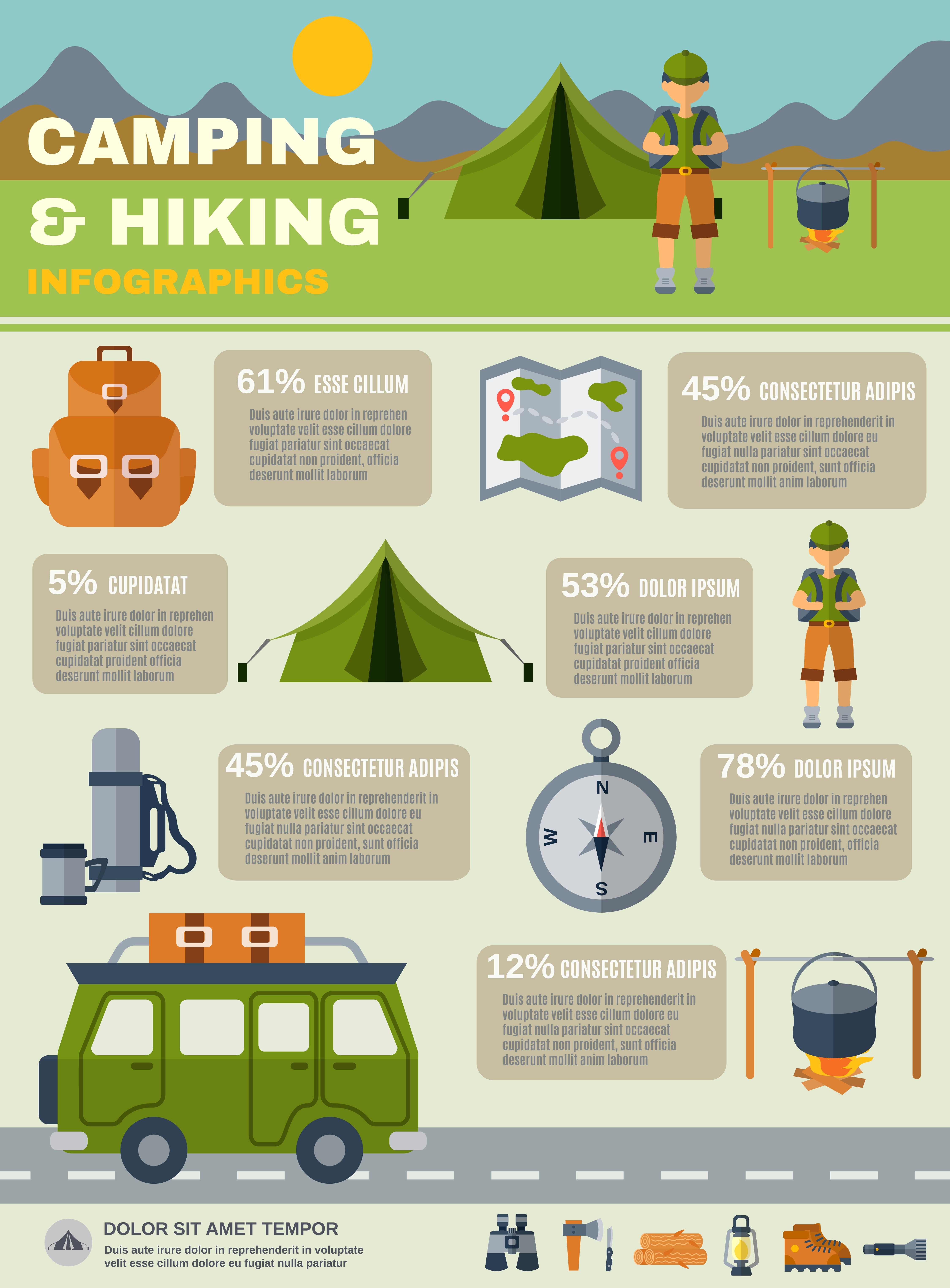If you camp on a regular basis in areas with rocks or sharp downed branches or merely dislike packing away a damp, muddy tent, after that a footprint is definitely worth considering. Impacts are also relatively cost-effective contrasted to a new tent.
Are canvas tents any good?
Lots of tent producers use their own particular impacts, which are cut to the exact size of the outdoor tents flooring. Nevertheless, you can make one on your own with a lightweight fabric like polycryo or tyvek.
Climate condition
Whether or not you need a footprint really depends upon the problems you'll be camping in. If you're backpacking in a place where the ground is usually wet (it's basically inescapable), an outdoor tents impact can be a useful addition to your set, as it will prevent your tent floor from becoming soaked.
Nonetheless, if the footprint is too big it can act as a moisture trap and possibly permit water to swimming pool under your camping tent. This can be prevented by making certain the impact is reduced a little bit smaller than your tent on all sides.
Typically speaking, it's finest to get an impact from the same manufacturer as your tent to make certain a precise fit. They likewise have a tendency to be made from thicker, much more durable materials than do it yourself alternatives. They can be expensive for something whose single purpose is to protect the ground underneath your tent, yet it can be a beneficial investment if you respect the longevity of your equipment.
Surface
Numerous top quality outdoors tents can work well without a footprint, specifically those that have actually bath tub floorings constructed from long lasting materials. Nonetheless, the surface you hike on can have a substantial effect on just how rapidly your outdoor tents floor wears out. Granite pieces, sandstone and other sturdy surfaces put on with the bottom of your camping tent faster than grassy fields or forest floorings.
A footprint or ground cloth aids extend the life of your tent by working as a barrier in between the ground and the sewn-in groundsheet of your camping tent, states REI senior sales expert Elizabeth Nguyen. It additionally shields the outdoor tents from rough aspects like sharp twigs and jagged rocks that could puncture or tear the sewn-in floor. When selecting a footprint for your camping tent, it is very important to ensure it's slightly smaller sized than the outdoor tents on all sides. This stops luxury big camping tents water from pooling in between the tent and impact throughout a rainstorm, which can leak right into your tent. The very best alternative for a footprint is to acquire one designed for your specific outdoor tents, which will certainly assure a tight fit.
Camping Tents with Lower Deniers and Water Resistant Scores
Whether you're a laid-back backpacker or a hardcore adventurer, the sturdiness level of your tent is an essential consideration. Tents made to be ultralight, approaching minimal, usually compromise some level of toughness in the textile and products made use of.
One material spec you'll experience is denier, which describes the weight in grams of a 9,000-meter size of thread that comprises the outdoor tents's canopy, rainfly, and/or floor. A higher denier specification symbolizes much more tough materials, while lower numbers indicate lighter and much less durable fabrics.
Other specifications to look at consist of flooring measurements, vestibule size, and interior pockets. The previous reflects the overall square-footage that can be used for comfortable room, while the latter can play a role in storage space by supplying a place to stow away equipment overnight and in bad climate. Air flow is additionally an essential aspect; as you breathe out wetness throughout sleep, it needs to run away, or condensation may build up within. Attributes such as mesh windows and panels and adjustable rainfly doors assist boost air flow and prevent this from happening.
The Cost
The cost of a camping tent can affect its efficiency, and it is also essential to think about just how much you can manage to invest. Backpackers looking for a light-weight sanctuary should aim for a camping tent with a livability ranking of at the very least 2 celebrities, and ideally, three or more.
Livability refers to just how roomy an outdoor tents feels, with clearance and flooring measurements playing a huge function. Historically, backpacking tents used steeply sloped wall surfaces and marginal area to conserve weight, however modern products permit developers to offer more convenience while maintaining weight low.
Storage space is an additional aspect to think about, with vestibules and a quick-pitching design helping reduce arrangement time. Furthermore, the type of textile covering and exactly how the outdoor tents is stored can impact longevity. For instance, a PU finish that breaks down more quickly when wet, or goes through repeated cycles of stowing and un-stowing, can dramatically shorten the lifespan of an outdoor tents. In a similar way, making use of a custom footprint instead of packing a camping tent in a careless fashion will likewise prolong its life expectancy.
How do you store a tent for winter?
